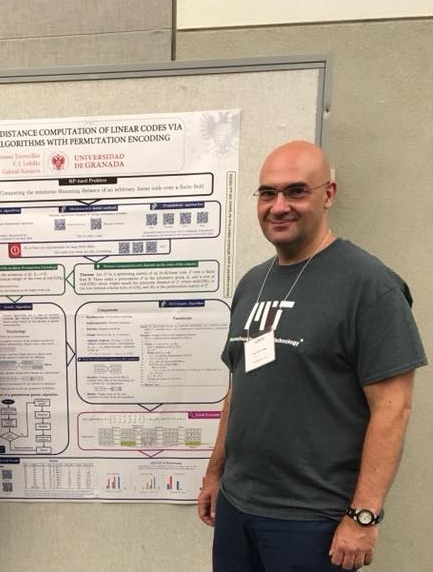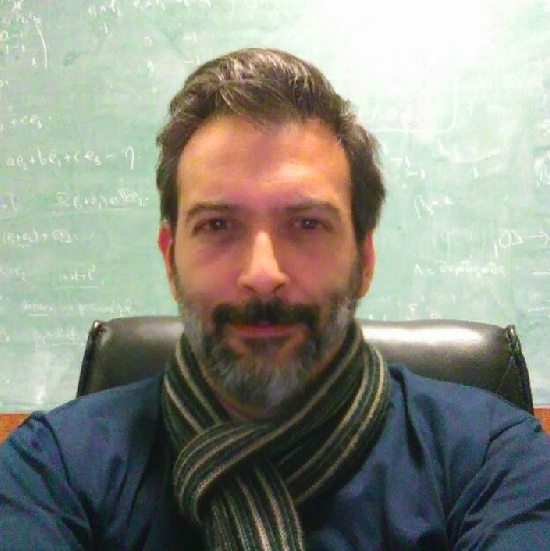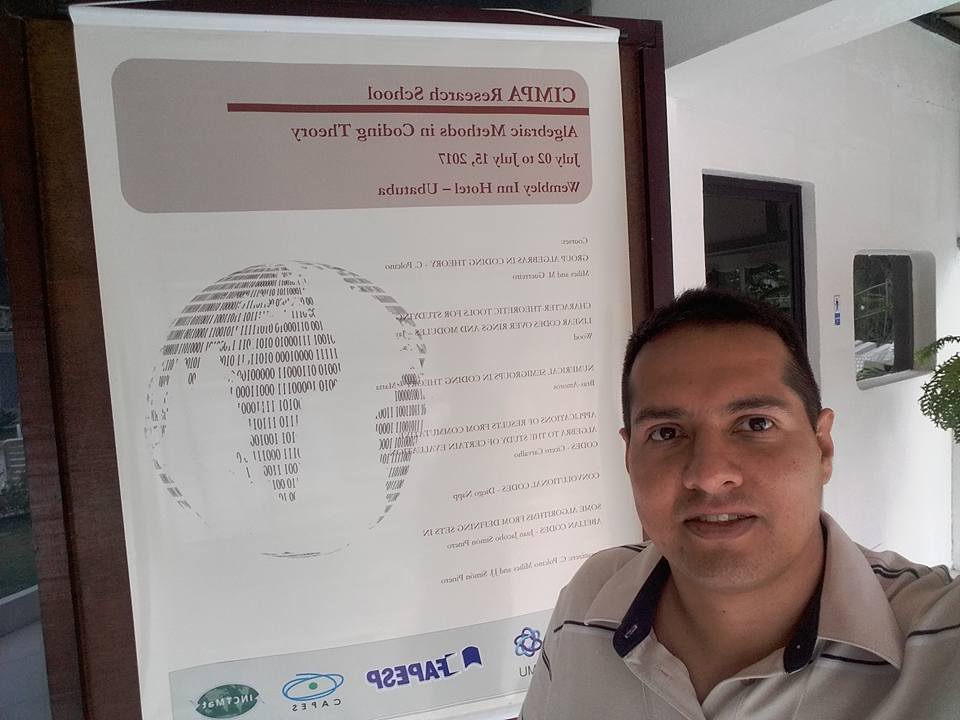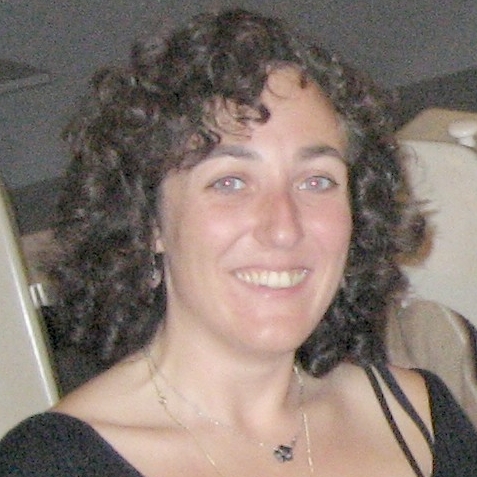21st April, 16:00 CEST [GAS virtual & SC3] Video
La función distancia mínima y la función huella de un ideal graduado
Yuriko Pitones Amaro, CINVESTAV-IPN (premio Sofía Kovalévskaya, México)
 |
Sumario: Sean $S$ un anillo de polinomios sobre el campo $K$ e $I$ un ideal graduado de $S$. En este seminario definiremos dos funciones asociadas a $I$: la función de distancia mínima $\delta_{I}$ y la función huella ${fp}_{I}$. Para definir $\delta_{I}$ y ${fp}_{I}$ usamos la función de Hilbert, el grado (multiplicidad) y una base de Gröbner para $I$. Estudiamos estas funciones desde un punto de vista computacional usando métodos de bases de Gröbner e implementaciones en Macaulay $2$. También estudiamos estas funciones desde un punto de vista teórico y examinamos su comportamiento asintótico. Estas funciones pueden ser expresadas en términos de los invariantes algebraicos de $I$. Mostraremos que ${fp}_{I}$ es una cota inferior para $\delta_{I}$. Damos fórmulas para calcular ${fp}_{I}$ y $\delta_{I}$ en el caso de ciertas intersecciones completas. En el caso de ideales monomiales que son intersección completa $\delta_{I}$ es igual a ${fp}_{I}$ y exhibimos una fórmula explícita en términos de los grados de un conjunto minimal de generadores de $I$. |





